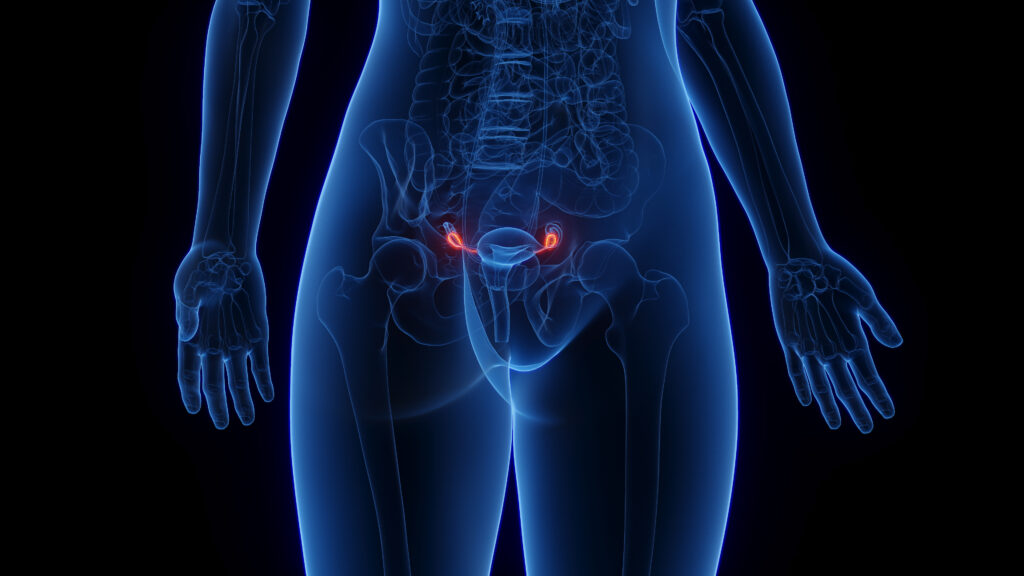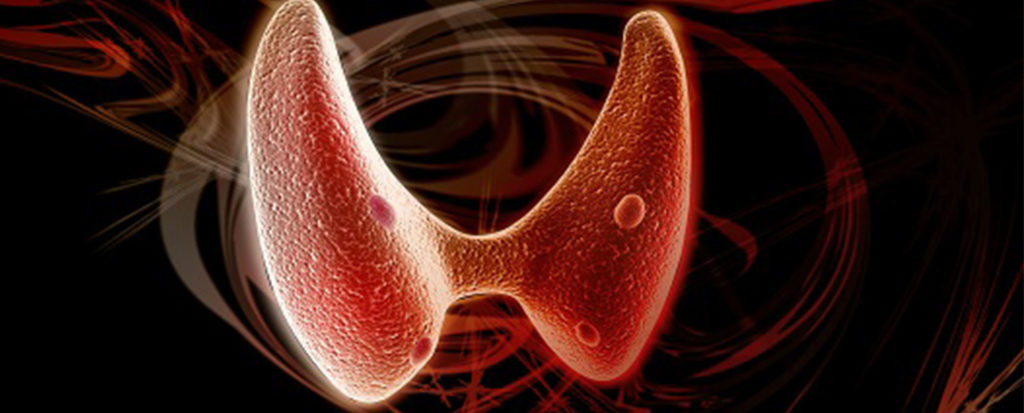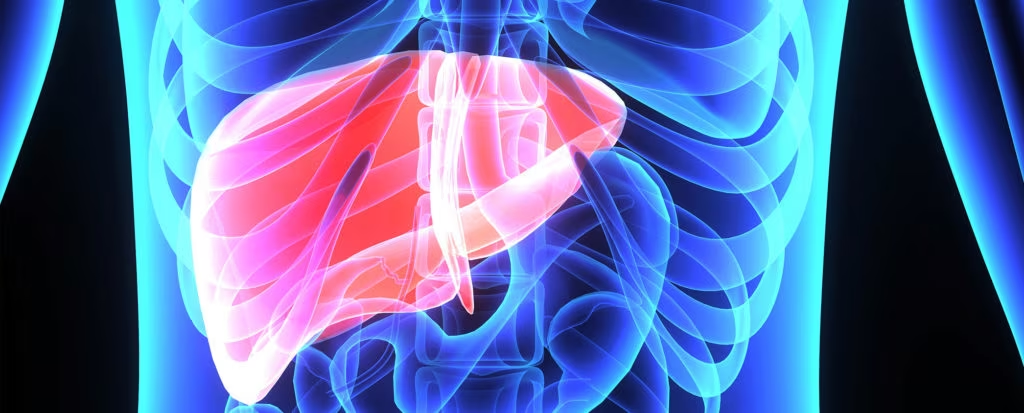Search Results
Showing Results for polycystic ovary syndrome (PCOS)

Polycystic ovary syndrome (PCOS) is a complex, multisystemic condition characterized by reproductive, metabolic and dermatologic manifestations, including hyperandrogenism and ovulatory dysfunction. Despite its prevalence and significant impact on quality of life, PCOS remains underdiagnosed and poorly managed due to its ...

Polycystic ovary syndrome (PCOS) is the most common endocrinopathy affecting women of reproductive age and is characterized by hyperandrogenism, anovulation and insulin resistance (IR).1 Women with PCOS have a high risk of developing type 2 diabetes (T2D), dyslipidaemia, hypertension and ...

It is with great pleasure that we present this latest issue of touchREVIEWS in Endocrinology, which brings together a diverse array of high-quality articles focused on the evolving landscape of endocrine disorders. The importance of patient-centred care is exemplified in ...

Polycystic ovary syndrome (PCOS) is a multifactorial, multifaceted syndrome that affects women across all ages from adolescence to post-menopause. It is reported to be the most common endocrinopathy in women of the reproductive age group.1 The nature of this syndrome ...

Obesity defined as abnormal or excessive fat accumulation that presents a risk to health, is a chronic disease linked to metabolic co-morbidities, such as type 2 diabetes mellitus and cardiovascular disease, a reduced life expectancy, economic burden and reduced quality of ...

There has been an exponential increase in the global prevalence of obesity over the past few decades because of adverse lifestyle choices, such as physical inactivity and overconsumption of macronutrients. The obesity pandemic has contributed to more than 50 different disorders ...

Polycystic ovary syndrome (PCOS) is a very common disease, with an incidence of 5−21% in women during their fertile life (18–45 years of age) worldwide.1 PCOS is clinically diagnosed when two of the three 2003 Rotterdam consensus criteria are met: (i) chronic anovulation ...

Non-alcoholic fatty liver disease (NAFLD) consists of non-alcoholic fatty liver (NAFL) and non-alcoholic steatohepatitis (NASH). It is unclear which specific patients progress from NAFL to NASH and, ultimately, to cirrhosis. However, there is general consensus that, for those patients who ...

Polycystic ovary syndrome (PCOS) is a heterogeneous syndrome, considered the most common endocrinopathy in women of reproductive age, with a prevalence of 6–8% in premenopausal women.1,2 However, long-term sequelae are extended beyond the reproductive axis, being present from birth to senescence. ...

Welcome to the latest issue of the newly-renamed touchREVIEWS in Endocrinology, previously European Endocrinology. The decision to rename and widen the reach of the journal has been taken after a great year for touchENDOCRINOLOGY, and we feel that in an ...

Polycystic ovary syndrome (PCOS) is a heterogeneous androgen-excess disorder that presents with different degrees of reproductive and metabolic dysfunctions; it is also associated with insulin resistance and metabolic syndrome.1 The global prevalence estimates of PCOS in women of reproductive age ...

Polycystic ovary syndrome (PCOS) is a common hormonal, lifestyle, and metabolic disorder, managed by a diverse team of doctors, such as endocrinologists, gynecologists, dermatologists, and internists, depending on the predominant clinical phenotype and the age of presentation of the individual.1 ...

Polycystic ovary syndrome (PCOS), the most common endocrine disorder in women of reproductive age, is a heterogeneous androgen-excess disorder with different degrees of reproductive and metabolic dysfunctions.1 Thyroid disorders are also quite common and are among the most common endocrine ...

The Society for the Promotion of Education in Endocrinology and Diabetes (SPEED) was born out of a yearning to create an academic platform encompassing super-specialists, general physicians and community at large. Laying its roots in 2014, SPEED is the collaborative effort ...

Lifestyle Obesity has a negative impact on the reproductive outcome of women with polycystic ovary syndrome (PCOS). It affects natural conception reducing the chance of spontaneous ovulation, and increases the rate of miscarriage as well as the risk for ...

Ketogenic diet (KD), though over a century old,1 has recently drawn attention to its multifaceted therapeutic potential. Modern use of KD can be traced back to 1911, when French physicians Gulep and Marie reported improvement in seizures in children and ...

Welcome to the Fall edition of US Endocrinology, which features a series of articles that tackle many of the important issues relevant to endocrinologists, as well as reflecting the progress and challenges in this active area of clinical research. ...

Women with gestational diabetes mellitus (GDM) carry a multidimensional and trans-generational impact.1 It poses a huge medical and public health burden on society today, which can be mitigated if appropriate proactive and preventive strategies are put in place. These include ...
Latest articles videos and clinical updates - straight to your inbox
Log into your Touch Account
Earn and track your CME credits on the go, save articles for later, and follow the latest congress coverage.
Register now for FREE Access
Register for free to hear about the latest expert-led education, peer-reviewed articles, conference highlights, and innovative CME activities.
Sign up with an Email
Or use a Social Account.
This Functionality is for
Members Only
Explore the latest in medical education and stay current in your field. Create a free account to track your learning.

